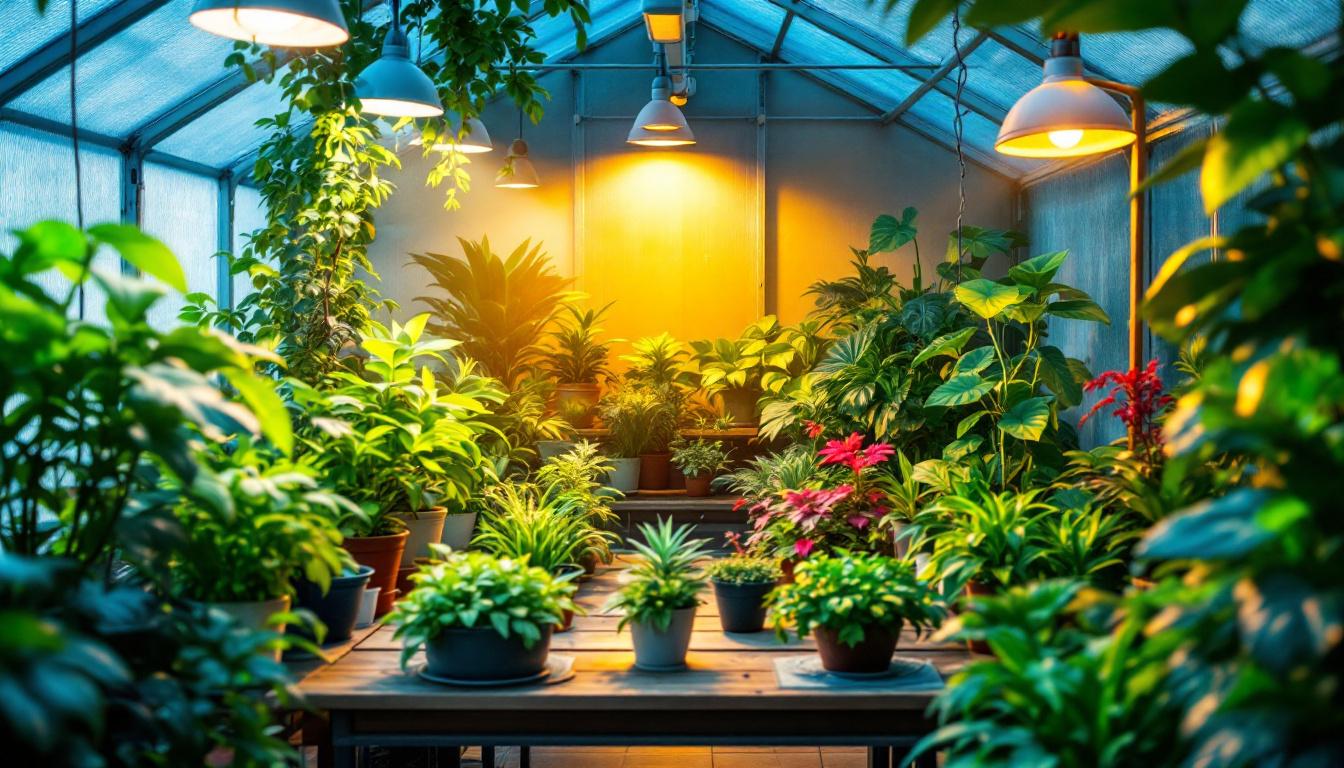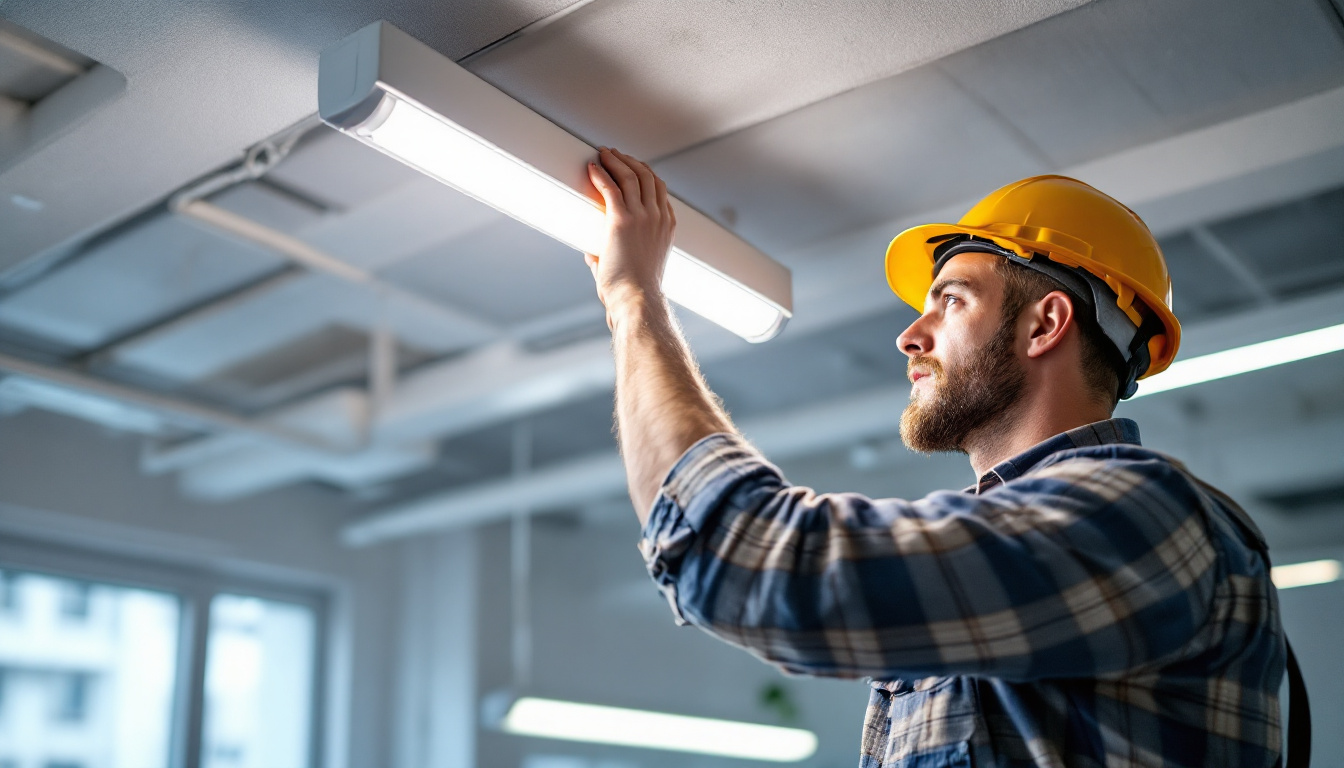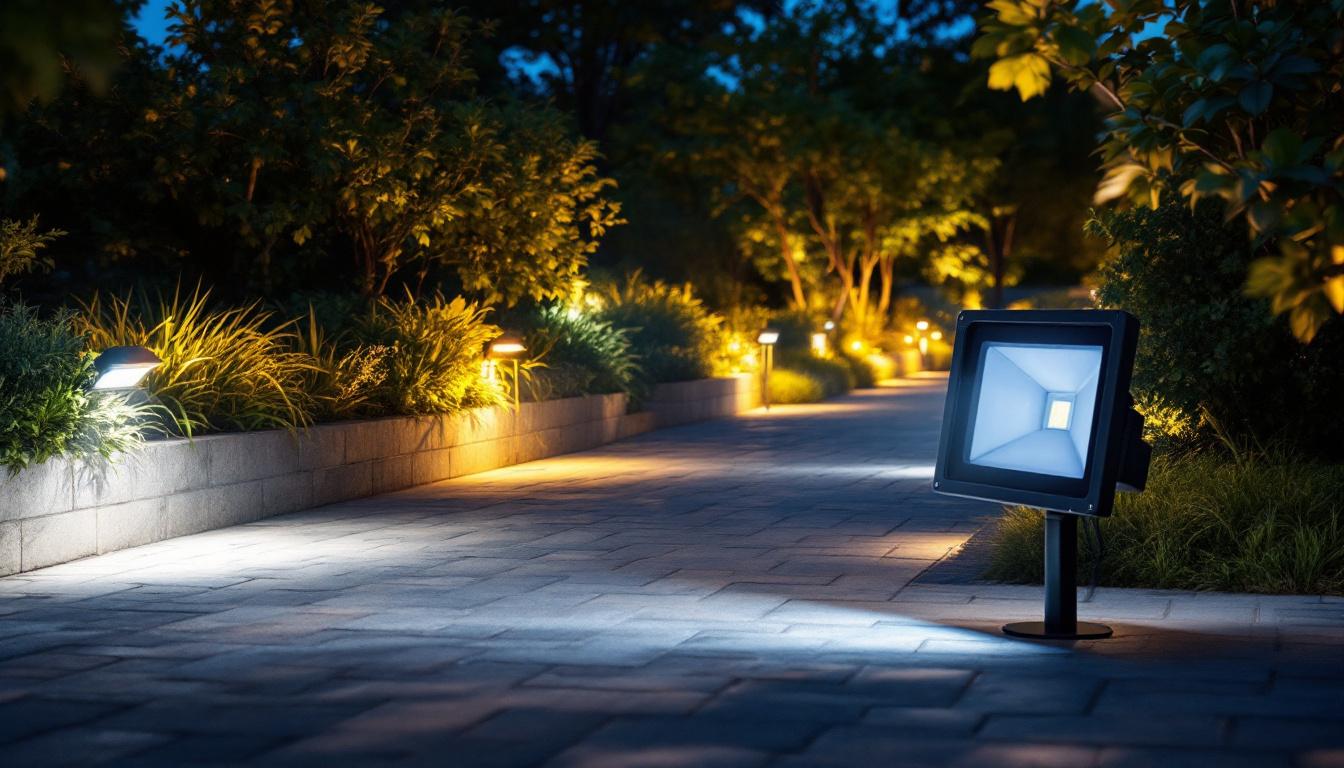
In the world of horticulture, the proper lighting can make all the difference in plant growth and yield. For lighting contractors, understanding the intricacies of greenhouse lighting systems is essential. This article delves into the L M Greenhouse, providing a concise overview tailored for lighting contractors. By the end, you’ll have a solid understanding of how to optimize lighting for greenhouse environments.
Greenhouses serve as controlled environments for plants, allowing for year-round cultivation. The primary goal of greenhouse lighting is to supplement natural sunlight, ensuring that plants receive adequate light for photosynthesis. This is particularly crucial during shorter days or in regions with limited sunlight. By creating an optimal light environment, growers can enhance plant health, increase yields, and even manipulate flowering times to align with market demands.
Light is a vital component of photosynthesis, the process through which plants convert light energy into chemical energy. Different wavelengths of light affect plant growth in various ways. For instance, blue light promotes vegetative growth, while red light encourages flowering and fruiting. Understanding these nuances is critical for lighting contractors aiming to design effective lighting systems. Moreover, the intensity and duration of light exposure can also influence plant behavior, such as phototropism, where plants grow towards the light source, optimizing their ability to capture light energy.
Several types of lighting are commonly used in greenhouses, each with its own advantages and disadvantages. LED lights have gained popularity due to their energy efficiency and long lifespan. High-Intensity Discharge (HID) lights, including Metal Halide and High-Pressure Sodium lamps, are also prevalent, offering high output but consuming more energy. Fluorescent lighting, while less common for large-scale operations, is still used for smaller setups or specific applications. Additionally, some growers are experimenting with smart lighting systems that can adjust automatically based on real-time data, such as light intensity and plant growth stages, further optimizing the growing conditions. These advancements not only enhance plant health but also contribute to sustainable practices by reducing energy consumption and minimizing waste in greenhouse operations.
The L M Greenhouse lighting system is designed to maximize plant growth while minimizing energy consumption. Understanding its components is essential for lighting contractors looking to implement or upgrade greenhouse lighting.
Light fixtures are the backbone of any greenhouse lighting system. The L M Greenhouse utilizes a range of fixtures tailored for different plant types and growth stages. These fixtures are designed to provide uniform light distribution, ensuring that all plants receive adequate illumination. For instance, high-intensity discharge (HID) fixtures are often employed for their ability to produce a broad spectrum of light, which is particularly beneficial during the flowering stage of plants. Additionally, LED fixtures have gained popularity due to their energy efficiency and longer lifespan, making them a cost-effective choice for long-term operations. The careful selection of light fixtures not only enhances growth rates but also contributes to the overall health of the plants, reducing the likelihood of disease and promoting robust yields.
Modern greenhouse lighting systems often come equipped with advanced control systems. These systems allow for the automation of lighting schedules based on the specific needs of the plants. Lighting contractors should be familiar with these controls, as they can significantly enhance energy efficiency and optimize plant growth conditions. Many control systems offer features such as dimming capabilities and integration with environmental sensors, which monitor temperature and humidity levels. This integration allows for real-time adjustments to the lighting, ensuring that plants receive the optimal amount of light without unnecessary energy expenditure. Furthermore, some systems can be programmed to simulate natural sunlight patterns, providing plants with a more natural growing environment that can lead to improved photosynthesis and overall vitality. By leveraging these sophisticated control systems, greenhouse operators can not only save on energy costs but also create a more sustainable and productive growing environment.
Investing in a high-quality lighting system like L M Greenhouse offers numerous benefits. For lighting contractors, understanding these advantages can help in making informed recommendations to clients.
One of the standout features of L M Greenhouse lighting systems is their energy efficiency. By utilizing LED technology and advanced control systems, these systems significantly reduce energy consumption compared to traditional lighting options. This not only lowers operational costs for greenhouse operators but also contributes to a more sustainable approach to horticulture. Moreover, the longevity of LED lights means less frequent replacements, further minimizing waste and maintenance costs, which is a crucial consideration for any greenhouse management strategy.
Proper lighting directly correlates with plant health and yield. The L M Greenhouse lighting systems are designed to provide the optimal light spectrum and intensity for various plant types. This tailored approach ensures that plants receive the necessary light for healthy growth, ultimately leading to higher yields and better-quality produce. In addition, the ability to fine-tune light schedules and intensities allows growers to simulate natural conditions, promoting not only faster growth cycles but also enhancing the flavor and nutritional content of the crops. This adaptability makes L M systems particularly advantageous for specialty crops that require specific light conditions to thrive.
Another significant advantage of L M Greenhouse lighting systems is the incorporation of advanced automation features. With programmable timers and smart sensors, these systems can adjust lighting based on real-time environmental conditions, such as sunlight availability and temperature fluctuations. This level of control not only optimizes energy use but also ensures that plants receive consistent light exposure, which is vital for their development. Furthermore, integrating these systems with greenhouse climate control technologies can lead to a holistic approach to plant care, where lighting, temperature, and humidity are all managed in harmony, resulting in an ideal growing environment.
While the initial investment in L M Greenhouse lighting systems may be higher than traditional options, the long-term savings are substantial. The energy efficiency and durability of LED technology mean that over time, greenhouse operators can see a significant reduction in their electricity bills and maintenance costs. Additionally, the enhanced plant growth and yield can lead to increased revenue, making the investment not just a cost but a strategic move towards profitability. This financial benefit is particularly appealing for large-scale operations where every dollar saved contributes to the bottom line, reinforcing the importance of choosing the right lighting system for sustainable success in the horticulture industry.
For lighting contractors, designing an effective lighting plan for a greenhouse involves several critical steps. A well-thought-out plan can maximize the benefits of the L M Greenhouse lighting systems.
Before implementing a lighting system, it’s essential to assess the specific needs of the plants being cultivated. Different species have varying light requirements, and understanding these needs will guide the selection of appropriate fixtures and lighting schedules.
Calculating the necessary light levels is crucial for ensuring optimal plant growth. This involves measuring the amount of light that reaches the plants and adjusting the lighting system accordingly. Tools such as light meters can help contractors determine the appropriate light intensity for different areas of the greenhouse.
Once a lighting plan is established, the next step is installation. Proper installation is vital for the effectiveness of the L M Greenhouse lighting systems.
The positioning of light fixtures can greatly impact light distribution. Fixtures should be strategically placed to ensure that all plants receive adequate light without creating hotspots or shadows. This may involve adjusting the height of fixtures or using reflective materials to enhance light distribution.
Lighting contractors must also consider the wiring and electrical requirements of the lighting system. Ensuring that the electrical infrastructure can support the chosen lighting fixtures is essential for safety and functionality. This may involve consulting with electricians to ensure compliance with local codes and regulations.
Regular maintenance of greenhouse lighting systems is crucial for ensuring their longevity and performance. Lighting contractors should educate greenhouse operators on best practices for maintaining their systems.
Dust and debris can accumulate on light fixtures, reducing their efficiency. Regular cleaning of fixtures is essential to maintain optimal light output. Contractors should recommend a cleaning schedule that fits the operational needs of the greenhouse.
Monitoring the performance of the lighting system can help identify potential issues before they become significant problems. This includes checking for burnt-out bulbs, assessing light levels, and ensuring that control systems are functioning correctly. Regular performance checks can prolong the lifespan of the lighting system and ensure consistent plant growth.
The field of greenhouse lighting is continually evolving, with new technologies and methodologies emerging. Staying informed about these trends can help lighting contractors remain competitive and provide the best solutions for their clients.
LED technology is advancing rapidly, with new developments focusing on improving efficiency and light quality. Future LED systems may offer even more tailored spectrums for specific plant types, further enhancing growth and yield. Contractors should keep an eye on these advancements to offer the latest solutions to their clients.
As smart technologies become more prevalent, integrating greenhouse lighting systems with IoT devices and automation will likely become standard practice. This integration can enhance control over lighting conditions, allowing for real-time adjustments based on environmental factors. Lighting contractors should be prepared to adapt to these changes and offer smart solutions to their clients.
Understanding the L M Greenhouse lighting systems is essential for lighting contractors aiming to optimize greenhouse environments for plant growth. By grasping the components, benefits, and installation considerations of these systems, contractors can provide valuable insights and recommendations to their clients. As the industry continues to evolve, staying informed about new technologies and trends will ensure that lighting contractors remain at the forefront of greenhouse lighting solutions.
In summary, the L M Greenhouse lighting systems offer a comprehensive approach to enhancing plant growth and efficiency in greenhouse environments. By leveraging energy-efficient technologies and tailored lighting plans, lighting contractors can significantly impact the success of greenhouse operations.
Ready to elevate your greenhouse projects with the most efficient lighting systems? Look no further than LumenWholesale. Our commitment to quality and affordability ensures that you get the best value for your investment. With our extensive selection of spec-grade lighting products, you can trust that your installations will thrive under reliable, high-performance lighting. Say goodbye to inflated markups and hello to unbeatable wholesale prices, free shipping, and the convenience of bulk buying. Don’t compromise on quality or cost. Visit LumenWholesale today and discover the ideal lighting solutions for your greenhouse needs.

Discover the benefits of transitioning from fluorescent to LED lighting and why it’s crucial for lighting contractors to stay informed.

Discover why outdoor LED flood light fixtures are the essential component missing from your lighting projects.

Discover the frequent pitfalls lighting contractors encounter with solar lamp post installations.

Discover the essential guide for lighting contractors on outdoor lights dusk to dawn.